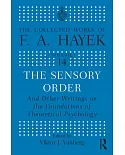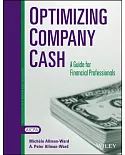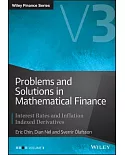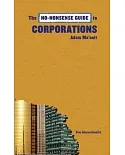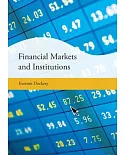In recent years governments have paid increasing attention to weighing the socioeconomic benefits of regulations against their costs. Rules and regulations governing economic activity are
typically formulated with a view to their benefits. Their effects on the costs and inefficiencies, in particular the possible chilling effects on competition and innovation, have received
limited attention. In this collection, experts from Europe, the United States, and Asia examine a range of issues related to the effect of rules and regulations on competition, and explore the
role of key institutions that affect market outcomes. Their contributions argue for using quantitative methods to guide policy and reform rules and regulation, and many of the essays offer
methodologies for assessment and recommendations for policy alternatives.
Topics covered include the effectiveness of R&D tax incentives in OECD countries; the adverse effect of EU climate policy on competitiveness; telecommunication regulation in the developing
countries of India, China, and Sri Lanka; the role of banks in fostering small and medium enterprises in Argentina and Chile; the evolution of the U.S. Federal Home Loan Bank (FHLB) System; and
developing quantitative screening tools to assess which sectors in the economy might benefit most from regulatory reforms.
Contributors: Victoria Alexeeva-Talebi, Niels Anger, Dallas Burtraw, Martin Cave, Matthew Corkery, Adriaan Dierx, Sean Ennis, W. Scott Frame, Vivek Ghosal, Ivan Hascic, Ivan Hascic,
Fabienne Ilzkovitz, Nick Johnstone, Boris Lokshin, Andreas Loschel, Maria Soledad Martinez Peria, Pradeep S. Mehta, Udai S. Mehta, Malwina Mejer, Siddhartha Mitra, Pierre Mohnen, Karen Palmer,
Anthony Paul, Bruno van Pottelsberghe de la Potterie, Sergio L. Schmukler, Augusto de la Torre, Lawrence J. White


